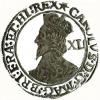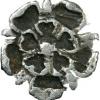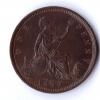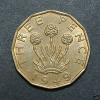As I understand it they struggled with production, despite the extra mints. They simply didn't have enough new coin at first so had to allow some hammered to continue in circulation. As for why not clip after, firstly because no coin that wasn't full was acceptable as legal tender (so you risked having it refused) but more importantly because clipped coin (well sixpences and as far as can be seen, shillings) were exchanged by the authority at full face value providing they were not clipped further than to the inner circle. Effectively this meant that if you were going to clip a coin (which was still illegal ) you'd be better clipping first, keeping the extra silver, then handing the central bit in to be melted in return for new coin to full face value!
Basically the whole process appears to have been a nightmare and full of problems for the authorities, but I presume the hammered pieces were getting to the stage that foreign traders were refusing to accept them in payment and a reliable modern coinage became essential, despite the cost to the treasury.
 Coinpublications.com
Coinpublications.com




